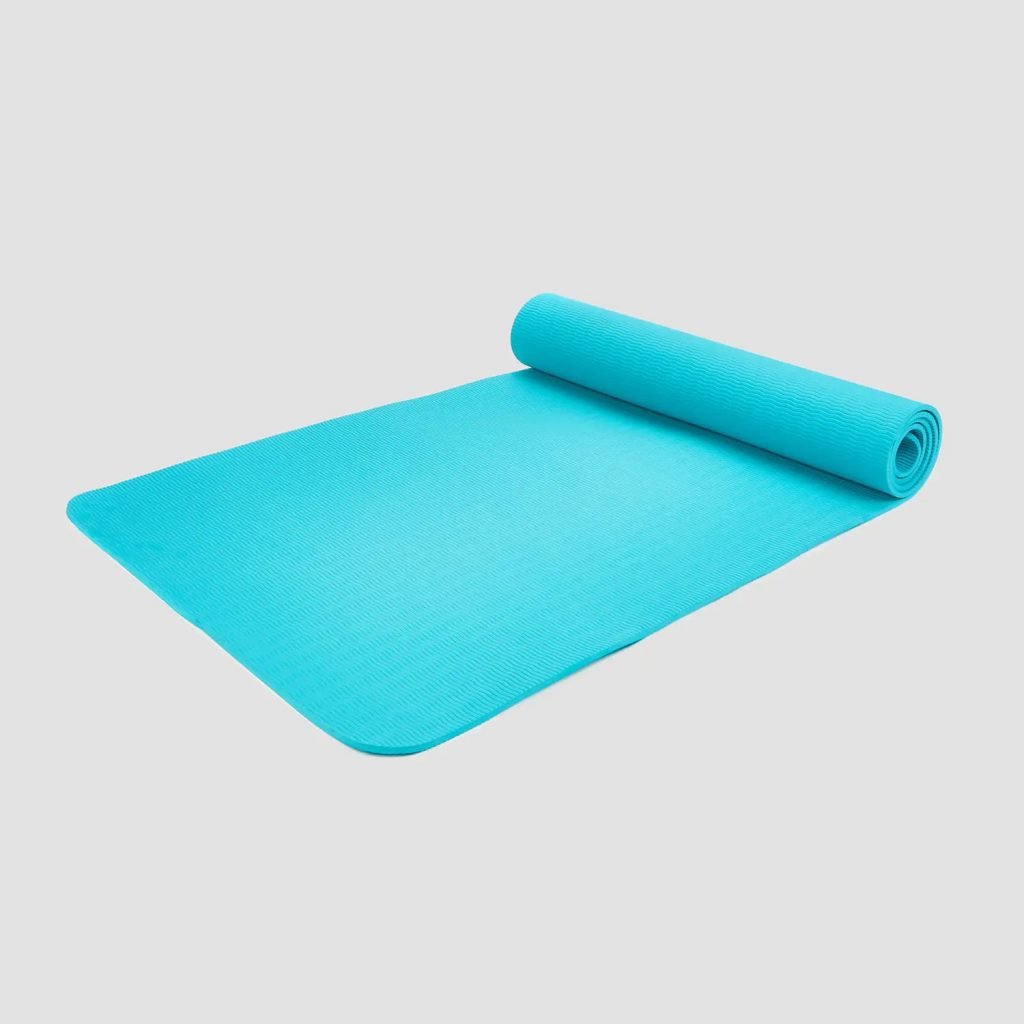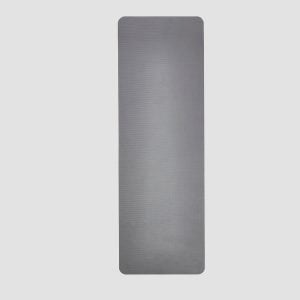
Yoga Recovery Mat. Choose It Wisely
Yoga and fitness don’t always require additional equipment, but a mat is a must-have for any workout. We share the secrets of how to choose the right yoga and fitness mat.
Choosing the best yoga and wellness fitness mats. Which mat provides a high grip and correctly “reacts” to your movements – keep reading the material for details.
Main rules of choosing the right accessory
Which yoga mat is better? Let’s consider thickness and weight first.
Mats range from compact ultra-thin travel mats to roughly 3 centimeters thick.
Thin rugs. For travel, choose lightweight and compact rugs. These mats are notable for their small thickness, but also low depreciation.
Medium rugs. The medium thickness of the product ensures good stability on the floor during practice. Thick yoga mats can cling to your legs and arms as you move from one pose to the next. For beginners, rugs that are about 0.5 centimeters thick are best.
Thick rugs. The main benefit of thick yoga and fitness mats is cushioning, which is ideal for relaxing and therapeutic practices. At the same time, it is more difficult to maintain balance on thick rugs.

What about the material?
In general, thick rugs are more durable than thin ones. But also, durability is associated with the material from which the mat is made.
PVC. This material is made of plastic. The main advantages of such rugs are that the products are lightweight, durable, easy to clean, and provide excellent adhesion to the floor.
But there are also downsides – PVC material does not absorb moisture and becomes slippery when you sweat. Also, PVC yoga and fitness mats are environmentally unsafe.
Thermoplastic elastomer, or thermoplastic rubber, is a man-made mixture of plastic and rubber polymers. Artificial rubber yoga mats are less durable, but also almost non-toxic. Elastomer mats are just as good in contact with the floor as PVC products. Additional benefits – rugs dry quickly, keep their shape, and bend better. Cons – low wear resistance.
Natural materials like rubber, organic cotton, and jute tend to be more expensive. Compared to other mats, a rubber or cotton yoga mat has less contact with the floor and wears out faster. But if you think about ecology first, natural material is the best choice.

The texture
The texture affects the sliding of the rug. If you’re looking for a completely non-slip yoga mat, go for tactile rubber or jute models. A hard and slightly rough surface is suitable for both passive relaxation and dynamic yoga poses.
You may be injured if the rug slips heavily. To avoid these situations, opt for yoga mats with a sticky layer. If the mat loses its stickiness, simply wipe it off with a damp towel and let it dry before practicing.
For fitness and yoga, choose comfortable clothing made from natural materials – cotton or linen. The exception is power yoga, where you will sweat a lot. In this case, rely on high-tech materials with a water-repellent function. If you are looking for the necessary fitness accessories like a yoga mat visit the My Protein website.
WANT TO RECEIVE PERSONAL, STYLISH SUGGESTIONS TO YOUR EMAIL?
FILL OUT THE FOLLOWING FORM: